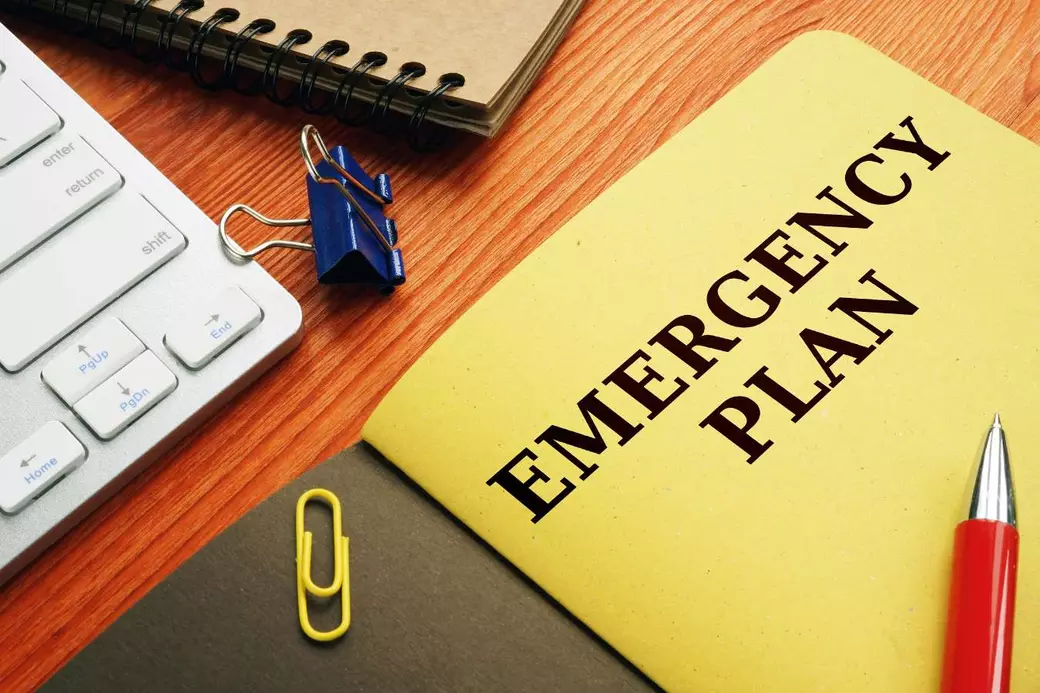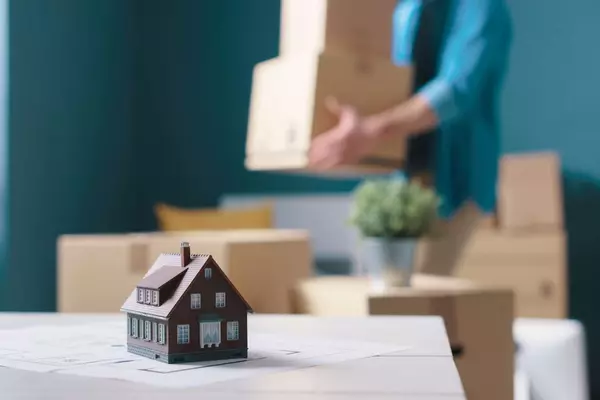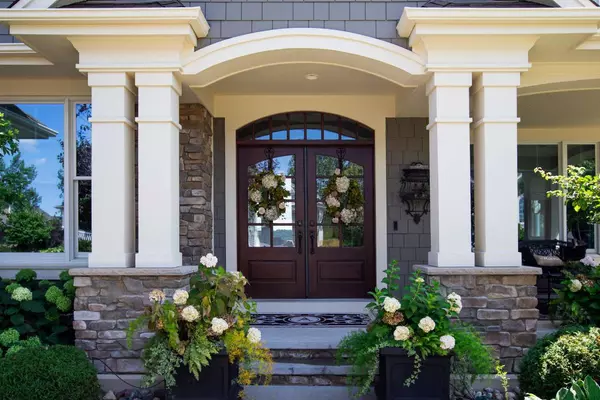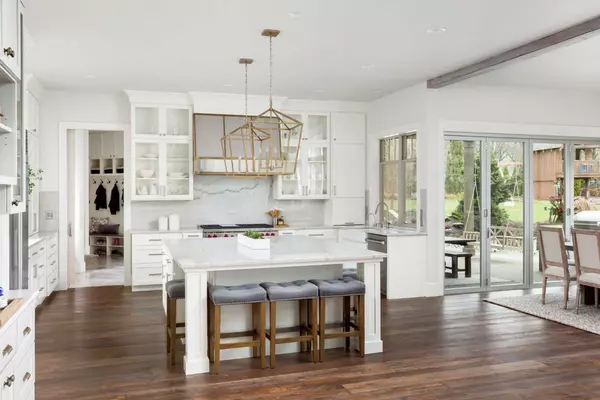Protect Your Home from Disasters

Your home is one of your most valuable assets, and protecting it from natural disasters should be a top priority. Whether you live in an area prone to hurricanes, wildfires, earthquakes, or floods, taking the right precautions can minimize damage and keep your family safe. Here are some essential steps to safeguard your home from nature’s unpredictability.
1. Assess Your Risk
Understanding the specific natural disasters that could affect your area is the first step to preparedness. Research your region’s history of disasters and consult local hazard maps to identify potential threats such as flooding, tornadoes, or wildfires.
2. Secure Your Home’s Structure
- Reinforce the Roof & Windows – High winds and heavy rains can wreak havoc on your home’s exterior. Use impact-resistant windows and doors, and reinforce your roof with hurricane straps or clips.
- Anchor Large Furniture – Earthquakes can shake heavy furniture, creating hazards inside your home. Secure bookshelves, cabinets, and water heaters to walls.
- Elevate Electrical Systems – If you live in a flood-prone area, elevate electrical panels, appliances, and HVAC systems to prevent water damage.
3. Defend Against Fire Hazards
- Create Defensible Space – Maintain at least 30 feet of clearance between your home and any vegetation. Remove dry leaves, trim trees, and use fire-resistant landscaping materials.
- Use Fire-Resistant Building Materials – Consider non-combustible materials like metal roofing, cement siding, and brick for added protection.
- Install Sprinkler Systems – Fire suppression systems and outdoor sprinklers can help reduce the risk of fire spreading to your home.
4. Prepare for Flooding
- Install a Sump Pump – A battery-backed sump pump can help remove excess water from your basement during heavy rains.
- Seal Cracks & Install Barriers – Use waterproof sealants on walls and install flood barriers to prevent water intrusion.
- Have Sandbags Ready – If a storm is approaching, sandbags can help divert water away from your home.
5. Be Ready for High Winds & Tornadoes
- Secure Outdoor Items – Patio furniture, grills, and decorations can become dangerous projectiles in strong winds. Store them indoors or anchor them securely.
- Reinforce Your Garage Door – A strong garage door can prevent wind from entering and causing structural damage.
- Designate a Safe Room – Have a reinforced safe space, like a basement or an interior room without windows, to take shelter during a storm.
6. Create an Emergency Plan
- Build an Emergency Kit – Stock up on essentials such as food, water, flashlights, batteries, and first-aid supplies. Some kits are already pre-made as well!
- Develop an Evacuation Plan – Know multiple routes to exit your home safely and establish a meeting point for your family.
- Stay Informed – Sign up for local weather alerts and emergency notifications to stay updated on potential threats.
7. Review Your Insurance Coverage
Ensure your homeowner’s insurance policy covers the types of natural disasters common in your area. Consider additional coverage for flood, earthquake, or wind damage if necessary.
Protecting your home from natural disasters requires planning, investment, and proactive measures. By strengthening your home’s structure, preparing emergency supplies, and staying informed, you can significantly reduce the risk of damage and ensure the safety of your loved ones.
Taking these steps now can make all the difference when disaster strikes. Stay prepared and stay safe!
Categories
Recent Posts










